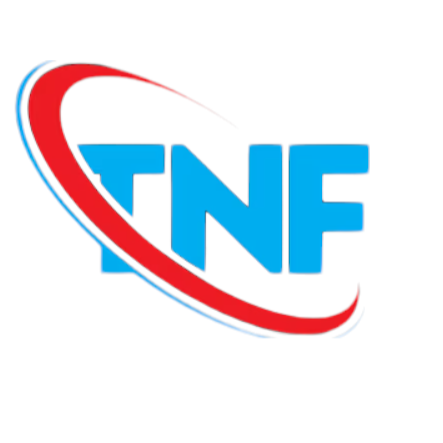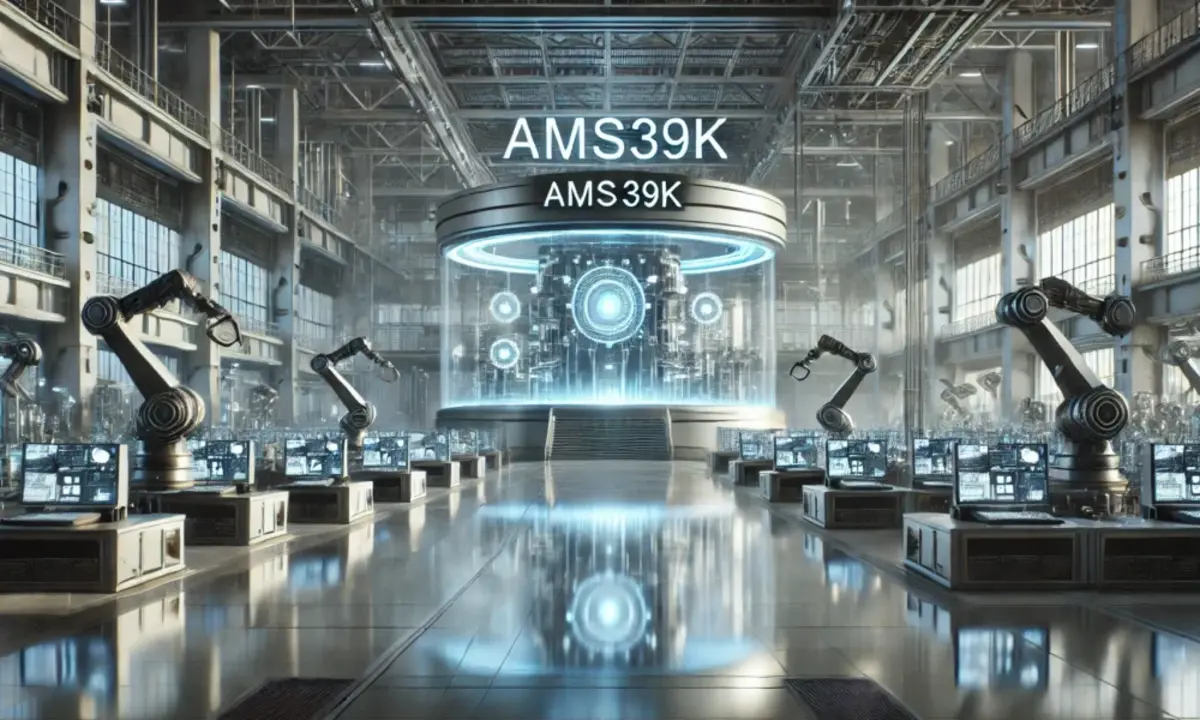AMS39K
In today’s rapidly changing industrial environment, staying ahead of the curve is essential. AMS39K is a revolutionary standard that is not only a game changer, but a complete game changer. Imagine a framework that increases efficiency, boosts productivity, and sets new benchmarks for quality across industries. As the industry evolves, so do standards. It is at the forefront of this evolution. Now it’s time to explore how this innovative approach is reshaping operations and paving the way for future advancements in technology and processes. Get ready to learn everything you need to know about it.
Evolution of Industry Standards
The landscape of industrial standards has undergone significant changes over the decades. Initially, these criteria emerged as simple guidelines for quality and safety. It was intended to ensure consistency across industries.
As technology advances, so does the complexity of these standards. The industry began to recognize the need for a more rigorous framework that embraced innovation and efficiency. Regulatory agencies adapted by developing detailed protocols designed to address new challenges.
Globalization further accelerated the evolution of industry standards. Companies operating across multiple regions needed harmonized guidelines to ensure compliance and interoperability. This led to international cooperation in standards development.
Today, changing consumer expectations are driving a continuous improvement in industry benchmarks. Companies no longer aim for compliance alone, but for excellence that resonates with their audience and integrates sustainability. The focus is now on a holistic approach that fosters collaboration among stakeholders while improving overall value creation.
Benefits of AMS39K
It brings many benefits to various industries. One of the most important benefits is increased efficiency. Companies can streamline processes, reduce downtime, and optimize workflows.
Another important benefit is improved quality control. It allows organizations to maintain higher standards in production and service delivery. This reduces defects and increases customer satisfaction.
Cost savings are also significant with this standard. By minimizing waste and maximizing resource allocation, companies can achieve significant savings in the long run.
It facilitates collaboration between teams. A standardized approach promotes clear communication and common goals, making it easier for departments to collaborate effectively.
How AMS39K is Revolutionizing Industry Standards
It is setting new benchmarks in various industries. Innovative frameworks enable businesses to streamline their processes like never before.
With efficiency as a top priority, AMS39K minimizes the time and resources required for compliance. This translates into significant cost savings and allows businesses to allocate funds to growth initiatives.
Additionally, it’s adaptability allows it to fit across multiple industries. From manufacturing to technology, the impact is broad and far-reaching.
Empower your organization to focus on data-driven decision-making. Leverage real-time analytics to drive better outcomes.
AMS39K’s integration capabilities also put collaboration at the forefront. Cross-functional teams work together seamlessly to foster a culture of innovation and shared success.
This change goes far beyond simply meeting standards. It’s about redefining what those standards should be in the future.
Implementation and Success Stories
The implementation of AMS39K has transformed various industries, demonstrating its versatility and effectiveness. Companies are adopting the standard to streamline operations and improve product quality.
The automotive industry is a notable success story. Leading manufacturers report a 30% reduction in manufacturing errors after integrating AMS39K into their processes. This not only reduced costs, but also increased customer satisfaction.
In the aerospace industry, another company used AMS39K to ensure compliance with strict safety regulations. The ability to meet these standards increased trust among customers and increased contracts.
These case studies demonstrate how organizations can leverage AMS39K to achieve tangible benefits. This positive feedback loop encourages companies in other industries to follow suit and seek similar results in terms of efficiency and productivity.
Challenges and Solutions
The transition to AMS39K is not without its challenges. Many companies encounter resistance from employees accustomed to traditional practices. This can lead to a reluctance to adopt new processes and technologies.
Training is key here. We can ease the adjustment period by providing comprehensive workshops and resources. Involving team members early on helps build ownership of these changes.
Another challenge is integrating AMS39K into existing systems. Often, technical adjustments are required and can temporarily disrupt operations. Working with an experienced IT professional will ensure a smooth transition and minimize downtime.
Additionally, compliance issues may arise as companies navigate the regulatory environment in accordance with AMS39K guidelines. Consulting with industry experts can clarify your requirements and maximize your benefits while ensuring compliance.
Addressing these challenges head on will build resilience within your organization and pave the way for successful implementation of AMS39K across all industries.
The Future of AMS39K
The future of AMS39K looks bright as the industry increasingly recognizes its value. Companies are expected to adopt this standard more widely to improve the consistency and reliability of their operations.
Innovation will play a key role in shaping the trajectory of AMS39K. As technology advances, the integration of artificial intelligence and machine learning can improve compliance processes. This streamlines your workflow and significantly reduces errors.
Additionally, collaboration among industry leaders could facilitate further improvements. Sharing best practices allows AMS39K to continually evolve and adapt to new challenges.
Training programs focused on AMS39K principles could become commonplace. An informed workforce can effectively leverage these standards and foster a culture of excellence.
Sustainability initiatives can also align with the AMS39K framework. The focus on environmentally friendly practices could redefine how companies approach operational protocols in the future.
Conclusion
The advent of AMS39K marks a significant shift in the landscape of industry standards. Integration across different domains not only increases efficiency, but also promotes sustainability and safety. Companies are beginning to see tangible benefits, ranging from improved operational workflows to cost savings.
As more industries adopt the AMS39K protocol, we can expect new innovations that will redefine best practices. The success stories that are already emerging highlight the potential to transform traditional processes into streamlined systems that deftly address modern challenges.
However, as with any transformative approach, there are hurdles to overcome. This requires commitment and adaptation from an organization willing to embrace change. Proactive solutions can effectively address these challenges.
The future of AMS39K looks bright as more companies realize its benefits and begin implementing implementation strategies tailored to their unique needs. As this standard continues to evolve, it promises a path to excellence, not only in compliance, but across the industry.
Adoption of AMS39K could set a new benchmark for how the industry will operate in the future.











